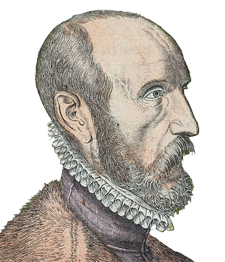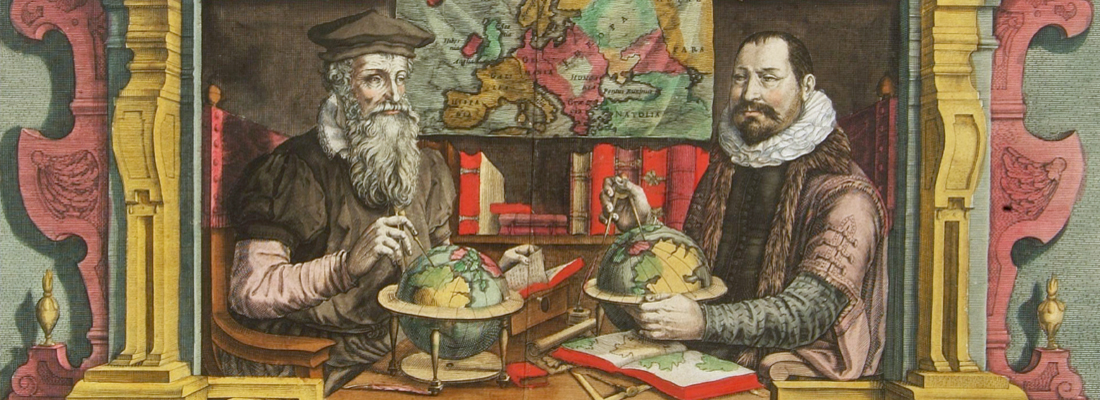Mapmakers & Explorers
Sometimes, maps become more famous than their makers. Many cartographers only become famous for their contributions to the art and science of cartography after they’ve created a masterpiece. Others become famous, then create equally famous works for royalty, nobility, or well-known explorers of their time.
Still, others make a famous map, then disappear from history forever.
Feel free to use our AI-trained ChatBot ORTELIUS

Our Chatbot, Abraham Ortelius, is trained to give you information about different mapmakers and explorers.
Ortelius is the first to ask about his fellow mapmakers.
Ortelius knew his contemporaries, our today's Mercator Chatbot knows many 16th-19th-century mapmakers and explorers.
Ask Ortelius about your favorite mapmaker. (Please submi first and last name)
